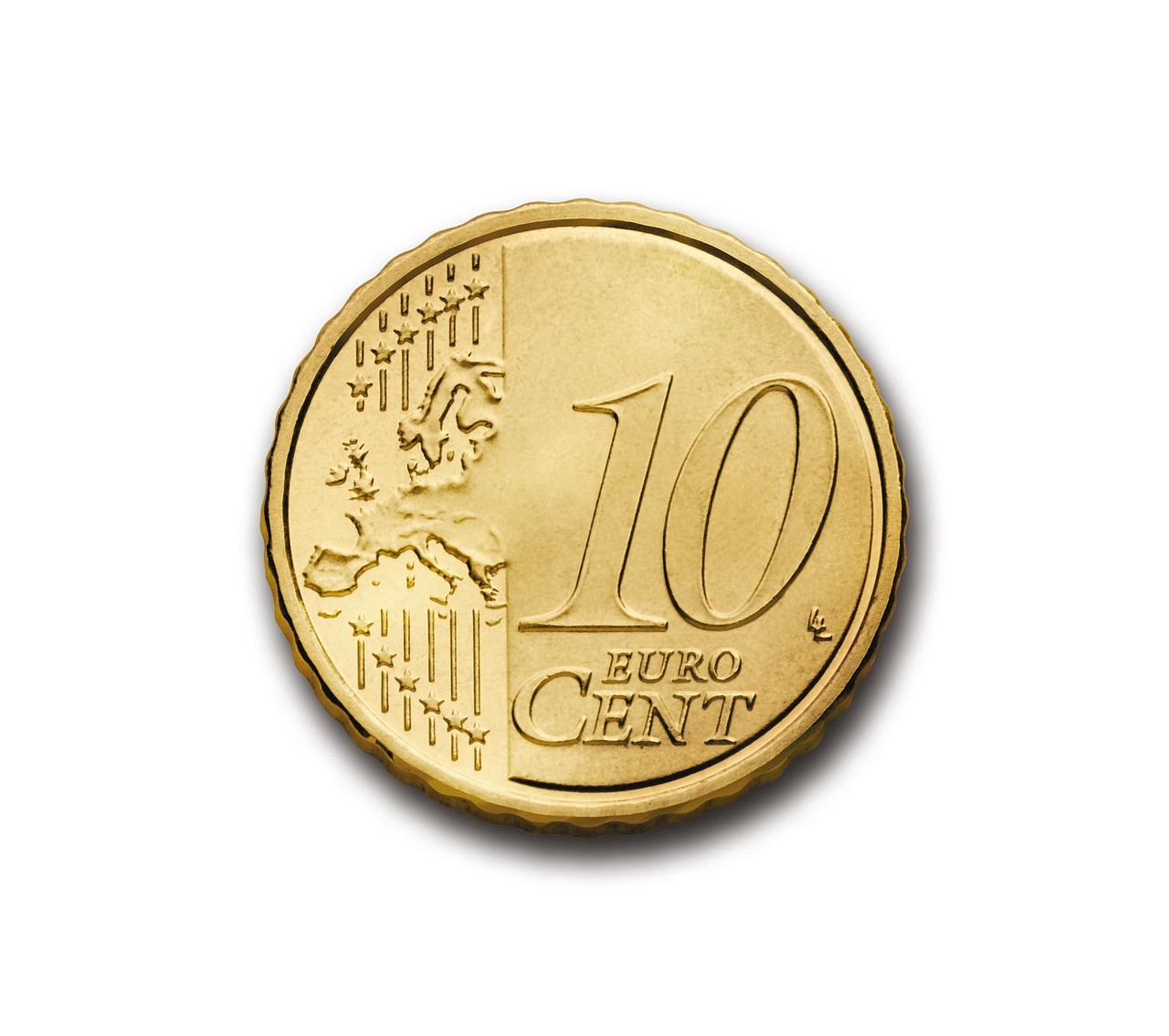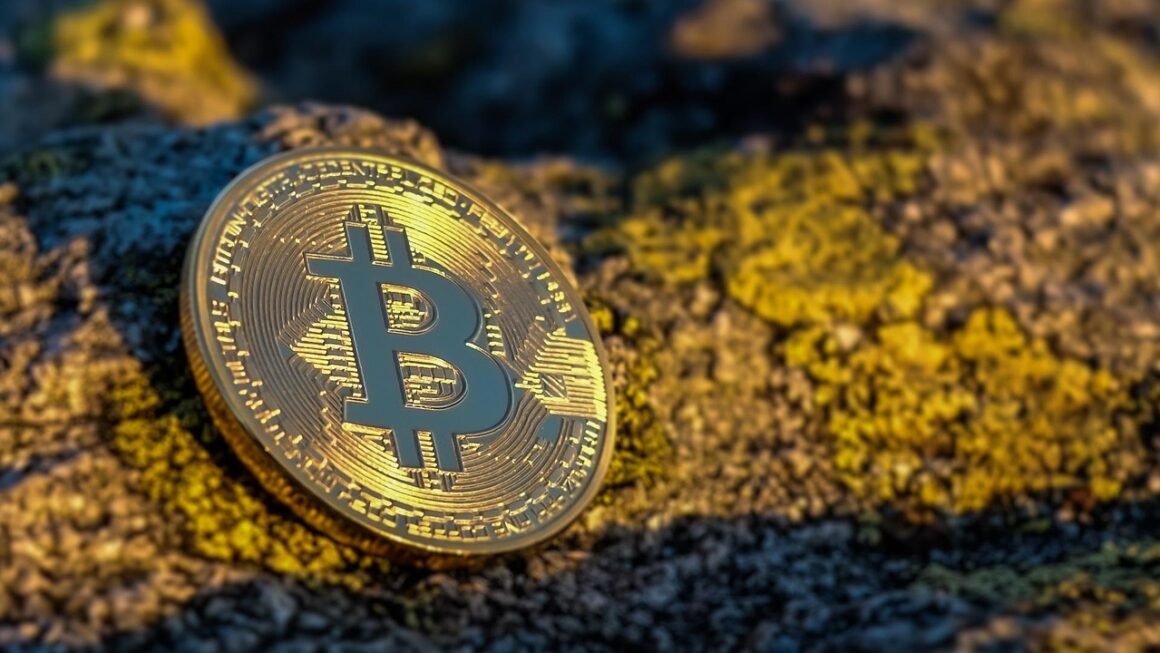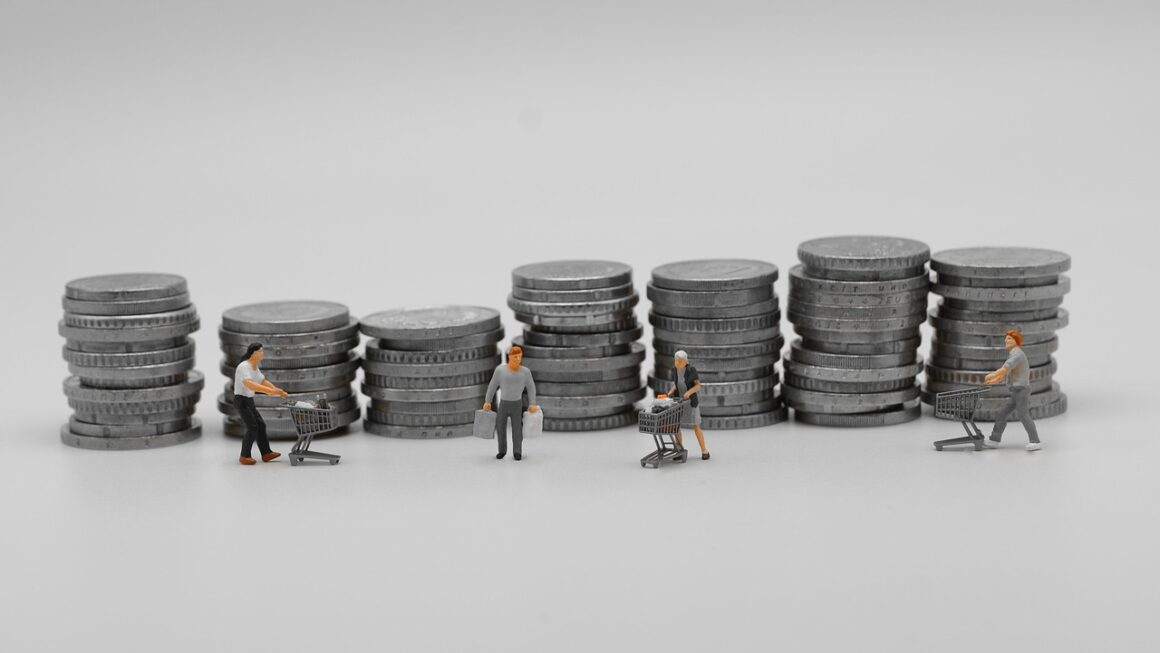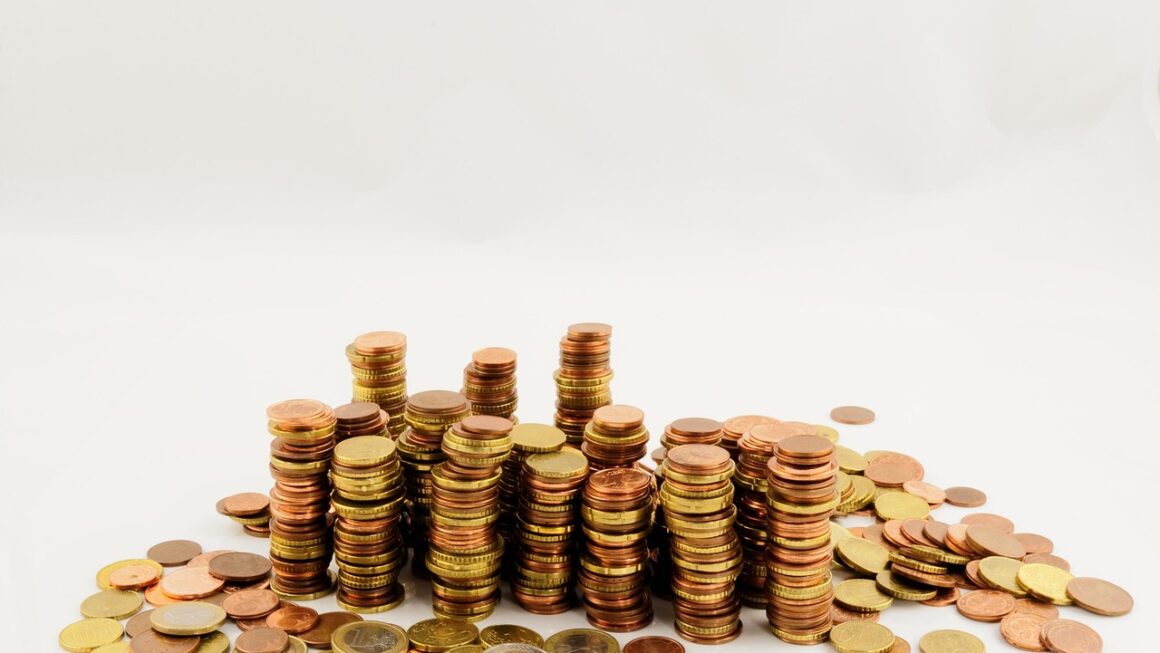An unexpected car repair, a sudden job loss, a medical emergency – life is full of surprises, and not all of them are pleasant. That’s where an emergency fund comes in. It’s your financial safety net, a readily available pool of cash that can help you navigate unforeseen circumstances without derailing your financial goals. Building and maintaining a robust emergency fund is one of the most important steps you can take towards achieving financial security. This guide will walk you through everything you need to know to create and grow your own emergency fund.
What is an Emergency Fund and Why Do You Need One?
Defining an Emergency Fund
An emergency fund is a dedicated savings account specifically for unexpected expenses. It’s not for vacations, new electronics, or even planned home improvements. It’s there to cover genuine emergencies that could otherwise force you into debt or disrupt your financial stability.
Why an Emergency Fund is Crucial
Having an emergency fund provides a buffer against financial shocks and offers numerous benefits:
- Prevents Debt Accumulation: Instead of relying on credit cards or loans with high interest rates, you can use your emergency fund to cover unexpected costs.
- Reduces Stress and Anxiety: Knowing you have funds readily available can significantly reduce stress and anxiety related to financial uncertainties.
- Protects Long-Term Investments: You won’t have to liquidate investments during a market downturn to cover unexpected expenses, preserving your long-term financial goals.
- Provides Financial Freedom: An emergency fund gives you the flexibility to handle unexpected situations without feeling trapped or financially vulnerable.
- Enables Opportunity: Sometimes, unexpected opportunities arise that require immediate funds. An emergency fund can enable you to take advantage of these opportunities.
Real-World Emergency Fund Scenarios
- Job Loss: Losing your job is a major financial emergency. An emergency fund can cover your living expenses while you search for new employment.
- Medical Bills: Unexpected medical expenses, such as doctor visits, hospital stays, or prescriptions, can quickly drain your savings.
- Car Repairs: A sudden car breakdown can be costly, especially if you rely on your vehicle for work or essential transportation.
- Home Repairs: Unexpected home repairs, such as a leaking roof or a broken water heater, can require significant funds.
- Unexpected Travel: Family emergencies sometimes require immediate travel, which can be expensive.
How Much Should You Save in Your Emergency Fund?
The General Rule: 3-6 Months of Living Expenses
The commonly recommended guideline is to save 3 to 6 months’ worth of essential living expenses in your emergency fund. This amount should cover your core expenses, such as:
- Rent or mortgage payments
- Utilities (electricity, water, gas)
- Groceries
- Transportation costs (car payments, gas, public transportation)
- Health insurance premiums
- Minimum debt payments
Calculating Your Monthly Living Expenses
To determine how much you need to save, calculate your average monthly living expenses. Track your spending for a month or two to get an accurate picture. Consider using budgeting apps or spreadsheets to simplify this process.
- Example:
Let’s say your average monthly expenses are $3,000.
- For a 3-month emergency fund: $3,000 x 3 = $9,000
- For a 6-month emergency fund: $3,000 x 6 = $18,000
Factors Affecting Your Target Amount
The ideal amount for your emergency fund depends on your individual circumstances:
- Job Security: If you work in a stable industry with high job security, you may need less saved.
- Health Insurance Coverage: Comprehensive health insurance coverage can reduce your financial risk related to medical emergencies.
- Number of Dependents: If you have children or other dependents, you may need to save more.
- Debt Level: High levels of debt can increase your financial vulnerability, requiring a larger emergency fund.
- Risk Tolerance: Your personal risk tolerance also plays a role. If you prefer a larger safety net, aim for the higher end of the 3-6 month range or even beyond.
Where Should You Keep Your Emergency Fund?
Accessibility and Liquidity are Key
The ideal place for your emergency fund is an account that is easily accessible and highly liquid. This means you should be able to withdraw the funds quickly without penalties.
Recommended Options
- High-Yield Savings Account (HYSA): HYSAs offer competitive interest rates compared to traditional savings accounts, allowing your emergency fund to grow while remaining easily accessible.
- Money Market Account (MMA): MMAs typically offer slightly higher interest rates than HYSAs, but they may have minimum balance requirements or withdrawal limits.
- Certificates of Deposit (CDs) (Proceed with Caution): While CDs may offer higher interest rates, they lock up your funds for a specific period. Early withdrawal penalties can defeat the purpose of an emergency fund. Only consider CDs if you are absolutely certain you won’t need the funds during the CD term.
- Checking Account (Not Recommended):* Although easily accessible, checking accounts generally offer very low or no interest, making them less ideal for an emergency fund.
Avoid Risky Investments
It’s crucial to keep your emergency fund in safe and stable accounts. Avoid investing it in stocks, bonds, or other volatile assets, as you may need the money during a market downturn.
How to Build Your Emergency Fund
Start Small and Set Realistic Goals
Building an emergency fund can seem daunting, especially if you’re starting from scratch. Start small and set realistic goals. Even saving a small amount each month can make a significant difference over time.
Automate Your Savings
Set up automatic transfers from your checking account to your emergency fund account each month. Automating your savings makes it easier to stay consistent and reach your goals.
Cut Expenses and Find Extra Income
Identify areas where you can cut back on spending and allocate those savings to your emergency fund. Consider finding a side hustle or selling unwanted items to generate extra income.
The Snowball or Avalanche Method
If you have debt, consider using the debt snowball or debt avalanche method to accelerate your debt repayment. Once your debt is paid off, you can redirect those funds towards your emergency fund.
Windfalls and Bonuses
Whenever you receive a windfall, such as a tax refund, bonus, or gift, allocate a portion of it to your emergency fund.
Visualizing Progress
Track your progress and celebrate milestones. Seeing your emergency fund grow can be highly motivating. Use a spreadsheet, app, or even a simple chart to visualize your savings journey.
Maintaining Your Emergency Fund
Replenish After Use
After using your emergency fund, make it a priority to replenish it as soon as possible. Adjust your budget and saving strategies to get back on track.
Review and Adjust Regularly
Review your emergency fund regularly, especially after significant life changes, such as a job change, relocation, or the birth of a child. Adjust the amount you need to save based on your current circumstances.
Resist Temptation
Avoid dipping into your emergency fund for non-emergency expenses. Be disciplined and use it only for genuine emergencies.
Keep it Separate
Don’t commingle your emergency fund with other savings accounts or investment accounts. Keeping it separate helps you stay focused on its purpose and avoid using it for non-emergency expenses.
Conclusion
Building an emergency fund is an essential step towards financial security and peace of mind. It provides a safety net to protect you from unexpected expenses, reduces stress, and enables you to navigate life’s uncertainties with confidence. By following the strategies outlined in this guide, you can create and maintain a robust emergency fund that will serve as your financial lifeline in times of need. Start small, stay consistent, and prioritize your financial well-being by building your emergency fund today.




